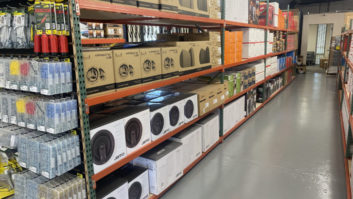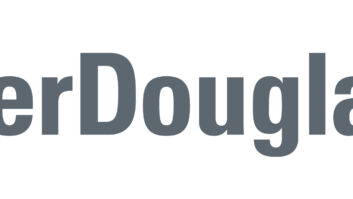Overland Park, Kan. – Sprint
posted its first quarterly gain in net new subscribers in three years during
the second quarter despite a sharp drop in growth in net new prepaid
subscribers and a continuing but slower decline in its postpaid subscriber
base.
Sprint Nextel CEO Dan Hesse cited
improved customer service and network performance for the gain and said he now
expects to post positive full-year net adds. The carrier did not grow its
subscriber base by relaxing credit scores, he stressed. Hesse also said the
carrier posted its best-ever quarterly postpaid churn rate of 1.85 percent.
Overall, the carrier gained
111,000 net new subscribers in the quarter and 36,000 in the first half,
compared with year-ago declines of 257,000 and 439,000, respectively.
Although Sprint expanded its
prepaid subscriber base, Sprint reported that growth in the number of prepaid
net adds slowed significantly during the quarter and half to 173,000 and
521,000, respectively, from the respective year-ago gains of 348,000 and 1.45
million. The carrier, however, promised renewed prepaid vigor in the second
half now that it has rolled out its new multibrand prepaid strategy, overcome
inventory shortages in Boost prepaid phones, and rolled out the new Virgin
Mobile PayLo sub brand to 40,000 locations, including Kmart and Family Dollar
stores as well as drug and convenience stores. In addition, the Walmart-exclusive
Common Sense prepaid brand, rolled out earlier this year in 700 Walmart stores,
will expand to 1,500 Walmart stores in August.
Sales of the repositioned Virgin
Mobile brand have surged more than 20 percent in stores that sell Virgin, Hesse
noted.
In the postpaid segment, although
the carrier posted a gain in CDMA-network postpaid net adds, those were offset
by post-paid iDEN-network declines. Losses in iDEN-network postpaid subscribers
drove down the total postpaid subscriber base by 228,000 in the quarter and
806,000 in the first half, but those losses were lower than the year-ago losses
of 991,000 and 2.24 million, respectively. The number of CDMA-network
subscribers in the postpaid segment, however, rose 285,000 in the second
quarter for a 46 percent year-over-year gain, described by Hesse as the highest
gain since 2001.
The carrier also posted net
subscriber additions through its MVNO partners and carrier affiliates,
reversing year-ago decline. Net adds hit 166,000 for the quarter, compared with
a year-ago loss of 75,000. First-half gains hit 321,000, down from a year-ago
351,000.
With the overall
gain
in net new subscribers, Sprint’s wireless operating losses shrank in the
quarter by 8.6 percent to $287 million and in the first half by 29 percent to
$617 million. Revenues, however, remained flat year over year for the two
periods at $6.4 billion and $12.8 billion, respectively. In 2009, the carrier’s
wireless net operating loss was $1.96 billion, down from 2008’s $2.81 billion.
During a conference call for investors,
Hesse did not offer as timetable for eliminating shortages of its first
3G/4G phone, the HTC-made Evo. “HTC is working this issue,” Hesse said,
attributing the problem to a “global supply issue” affecting components for
high-end phones, including chips and displays. In 2008 and early 2009, he
explained, component suppliers took “a lot of capacity” off-line. “We could
definitely sell more if we could get more,” he said of the Evo.
In other comments, he
acknowledged that “competitors do feel it” when Apple launches a new iPhone,
but he said Sprint has “mitigated the size of the impact” over the years by
launching technologically advanced phones, which this year includes the Evo.













